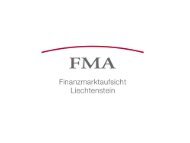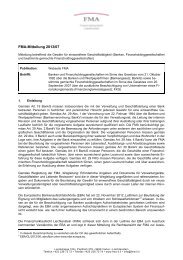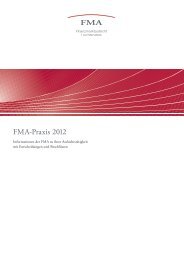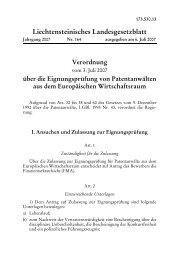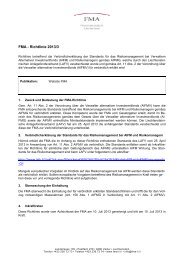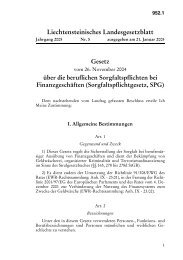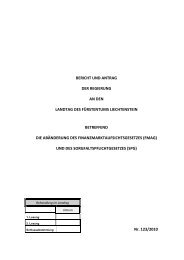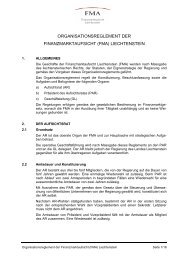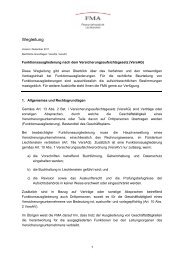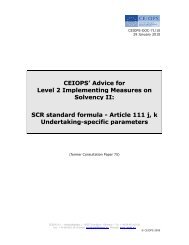CEIOPS' Advice for Level 2 Implementing ... - EIOPA - Europa
CEIOPS' Advice for Level 2 Implementing ... - EIOPA - Europa
CEIOPS' Advice for Level 2 Implementing ... - EIOPA - Europa
Create successful ePaper yourself
Turn your PDF publications into a flip-book with our unique Google optimized e-Paper software.
Moreover a fifth level of this hierarchy could be added:<br />
(5) approximate the risk margin by calculating it as a percentage of the<br />
best estimate.<br />
3.277 In this hierarchy the simplifications are in general getting simpler step by<br />
step. In order to be able to use the simplifications given on each step<br />
appropriate eligibility criteria, based on quality and materiality considerations,<br />
have to be fulfilled.<br />
3.278 It may also be argued that a simple and straight<strong>for</strong>ward approach to be<br />
followed when deciding which level of the hierarchy is most appropriate<br />
could be structured along the following lines:<br />
• Start from the bottom.<br />
• If level no. n is appropriate, then use it.<br />
• Otherwise, go upwards in the hierarchy to level no. n–1.<br />
3.279 When using this approach, the aspired complexity on the calculations<br />
should not go beyond what is necessary in order to capture the<br />
undertaking’s risk profile. In any case, this approach should be applied<br />
consistently with the framework set out when defining the proportionality<br />
principle and the necessity of assessing risks properly.<br />
3.280 However, it should be stressed that based on the lessons learned from the<br />
QIS-exercises (“the state of the art” regarding risk margin calculations), it<br />
seems likely that the majority of (small and medium sized) undertakings<br />
will need more experience with the available methods <strong>for</strong> stipulating the<br />
risk margin be<strong>for</strong>e they can make a “final” decision with respect to the<br />
level of simplifications being most appropriate in their case.<br />
3.281 It seems likely that the majority of undertakings will not be in a position to<br />
apply the most advanced methods <strong>for</strong> calculating the risk margin as indicated<br />
by level no. 1 of the hierarchy, cf. also the summary of QIS4<br />
technical specifications and QIS4 results below.<br />
3.282 A similar comment applies also to the simplifications on level no. 2, since<br />
this level still requires a very large number of calculations of future SCRs.<br />
3.283 However, even if an undertaking is allowed to use a simplified method (an<br />
approximation) in its risk margin calculations under Solvency II, it should<br />
in general be encouraged to move to more sophisticated methods as it<br />
gathers more experience with respect to this kind of calculations.<br />
3.284 It should also be noted that the distinction between the levels in the<br />
hierarchy sketched above is not always clear-cut. This is e.g. the case <strong>for</strong><br />
the distinction between the simplifications on level no. 2 and level no. 3.<br />
An example may be a proportional method (based on the development of<br />
the best estimate technical provisions) applied <strong>for</strong> an individual module or<br />
sub-module relevant <strong>for</strong> the calculation of future SCRs <strong>for</strong> the reference<br />
undertaking. Such simplifications can be seen as belonging to either level<br />
no. 2 or level no. 3.<br />
58/112<br />
© CEIOPS 2010



